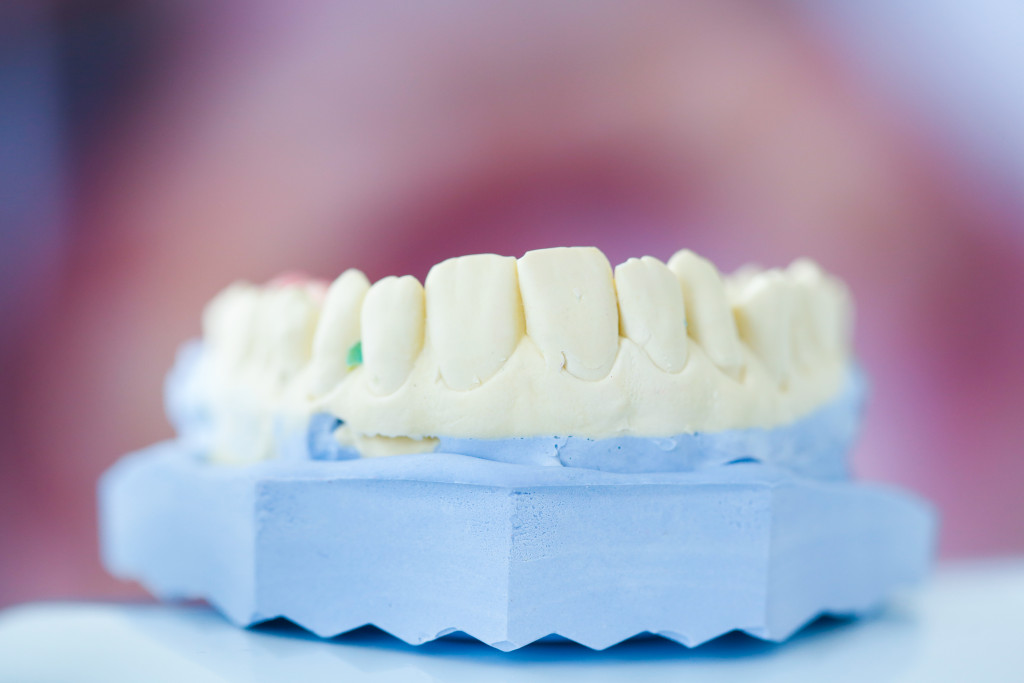Crooked teeth have been a problem for many people throughout history, but that doesn’t mean you have to deal with them if they are not your natural teeth. There are several ways of straightening crooked teeth, and it is essential to take care of this issue as soon as possible to prevent any future problems from occurring.
This article will outline the causes of crooked teeth, the concerns they may cause, and how to go about straightening them. It is important to learn about these methods now so that when you need them later on in life, you know what options are available for you!
How did I Get Crooked Teeth?
You may have been born with naturally crooked teeth, or you could simply have misaligned teeth that will need to be corrected. Your teeth may also become misaligned due to trauma such as a sports accident or maybe just from wearing poorly fitted dentures that are too loose for your mouth. Whatever the reason, it is vital to learn how they became crooked to treat this issue effectively.
What are the Concerns with Crooked Teeth?
Crooked teeth can cause many problems for individuals throughout their life. Misaligned teeth may not be evident at first, but they will become more prominent as you age, and it is essential to take care of them now so that these criticisms do not worsen.
There are several concerns associated with crooked teeth, including:
1. Overcrowding
Having too many teeth in one’s mouth results in them being overcrowded altogether. This issue may make it difficult to brush or floss your teeth properly, leading to an increased chance of developing dental diseases like gingivitis. Not only could this make your mouth look bad, but it can also change the way your teeth and jaw fit together, which could lead to other problems down the road.
2. Decay and Disease
Crooked teeth make it difficult for one to floss. When you can’t effectively floss between all of your teeth due to crowding, the bacteria that causes decay has a chance to sit there and thrive in these small areas. This is because there is no room for them to be removed when they are stuck between tightly packed teeth!
3. Ineffective Tooth Brushing
When you have crooked teeth, it becomes hard to effectively brush your teeth. You may be able to scrub some surface areas, but it is difficult to reach all the places where bacteria hide-especially in the tight gaps between crowded teeth. This is a recipe for disaster and could allow decay-causing bacteria to thrive, leading to problems down the road.
4. Speech Problems
Crooked teeth can affect one’s speech because it may be difficult to pronounce some different sounds that are made with your mouth. For example, if you have an ‘s’ sound in a word, you need to be able to point the tip of your tongue on the roof of your mouth. If there isn’t enough room for this due to overcrowding, you may not be able to make these sounds correctly. This is also true for other letters like ‘l,’ ‘f,’ and more!
What Are Some Methods of Straightening Crooked Teeth?

There are so many methods for straightening teeth, but not all options work equally well on every person. It is important that one carefully examines their options and select the method that works best for them. Some of these options include:
1. Braces
Braces are a very popular way of correcting crooked teeth because they work extremely well in most cases. There are many kinds of braces available, but some examples include metal braces (the most common), ceramic braces (which look more like your natural teeth), and clear braces (made out of hard plastic). You can also get gold-plated braces that go over other kinds of braces to add a little sparkle!
2. Orthodontic Appliances
These appliances can be used for several purposes, but one example includes using dental retainers to push your teeth into proper alignment. Braces are usually the best option, but retainers can be helpful in some cases. You should consult with your orthodontist to see if this is a good option for you and your case.
3. Invisalign
Invisalign is not the traditional type of braces that most people picture when they think about straightening their teeth. Still, this method does provide their patients with similar results without the same level of visibility. Not only are these trays more comfortable than traditional metal braces, but they also do not require their wearers to spend as much time wearing them.
4. Dentures and Partial Dentures
If you have lost some or all of your teeth due to some injury, there may still be hope for restoring them to normal! One way to do this is to have a removable partial denture or a fixed complete denture. You can get these through your dentist, but they will need to be replaced regularly.
There is usually no reason why most people with crooked teeth can’t have straight teeth over time. Rather than continuing to live with the look of their teeth or subjecting themselves to more complicated permanent treatments like surgery, there are plenty of options available for getting their smile back on track!


